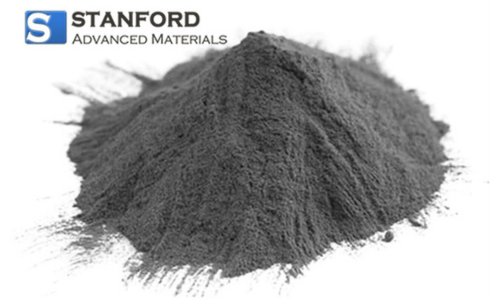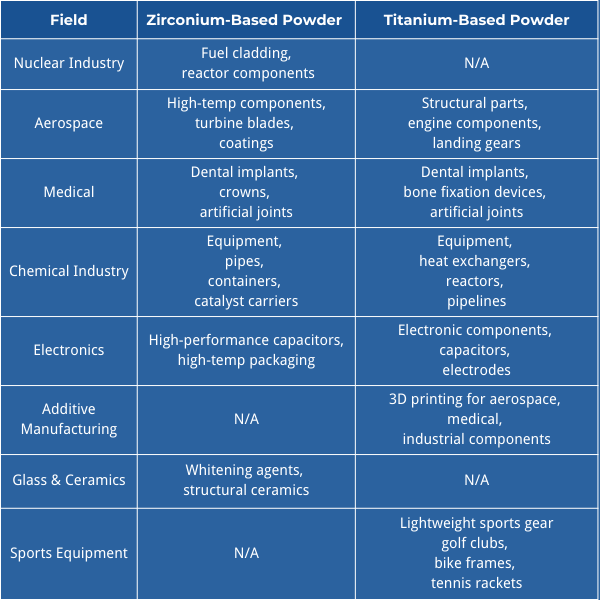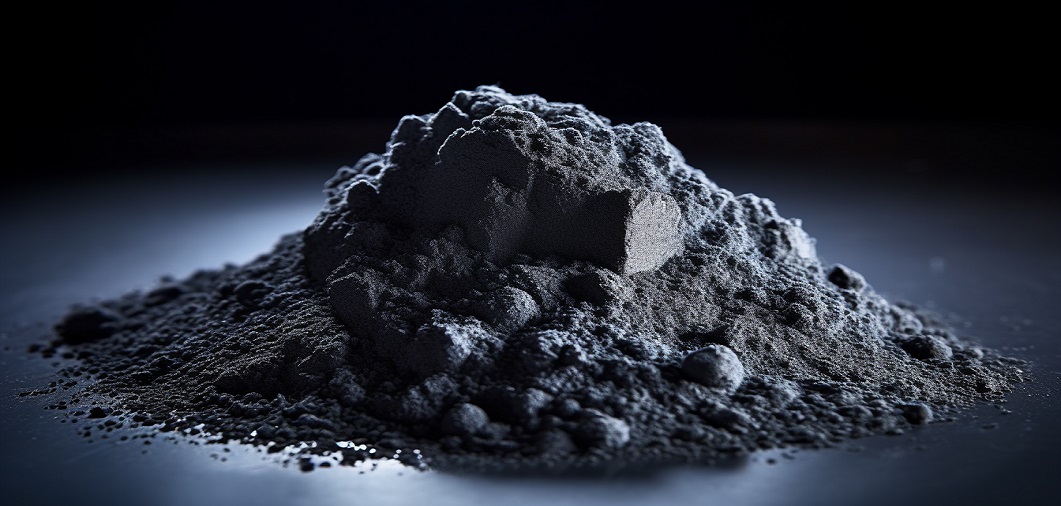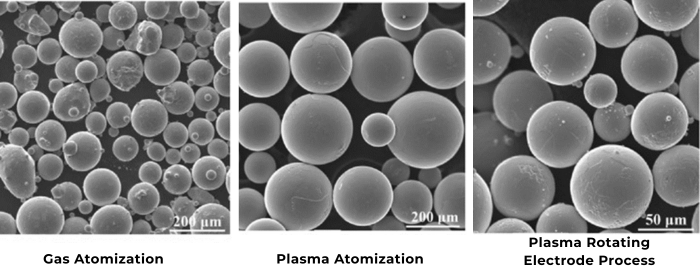

Because of their exceptional properties, zirconium-based and titanium-based powders are vital materials in advanced industries. Zirconium excels in high-temperature and corrosive environments, while titanium is known for its strength, low density, and biocompatibility. This comparison highlights the key differences and applications of zirconium-based and titanium-based powders, helping us understand their specific roles in technology and innovation.
Zirconium-based powders excel in high-temperature applications, with a melting point of approximately 1855°C and a boiling point of around 4377°C. They have a density of 6.52 g/cm³, combining high strength with relatively low weight.
Zirconium materials are hard (5-5.5 on the Mohs scale) and strong, offering good ductility and toughness. They possess moderate electrical conductivity and high thermal conductivity. Chemically, zirconium shows strong oxidation resistance by forming a protective oxide layer and exhibits excellent corrosion resistance in various acids, bases, and salt solutions. Its good biocompatibility makes it suitable for medical implants, and its low neutron absorption cross-section is ideal for use in nuclear reactors.

Fig 1. Spherical Zr-based Powder ZrCuAlNi
Titanium-based powders are known for their high-temperature stability, with a melting point of approximately 1668°C and a boiling point of around 3287°C. They have a density of 4.51 g/cm³, making them lighter than steel but heavier than aluminum.
Titanium materials are very hard (about 6 on the Mohs scale) and extremely strong, with a high strength-to-weight ratio, making them ideal for mechanical and structural applications. They have low electrical and thermal conductivity but offer good ductility and toughness for complex shapes. Chemically, titanium forms a protective TiO₂ layer, providing excellent oxidation and corrosion resistance in various environments. Its good biocompatibility makes titanium suitable for medical implants such as artificial joints and dental implants.

Fig 2. Titanium Aluminum Niobium Alloy Spherical Powder (Ti-30Al-10Nb)
Table 1. Pros and Cons of Zirconium and Titanium Properties
.png)
This table highlights the key properties and differences between zirconium-based and titanium-based powders in a concise format.
In the nuclear sector, zirconium alloys are commonly used as fuel cladding materials because of their low neutron absorption cross-section and excellent corrosion resistance. Additionally, zirconium materials are used to manufacture key structural components in nuclear reactors, enhancing their safety and reliability.
In the aerospace sector, zirconium alloy powders and coatings are used to produce high-temperature and high-strength components for aircraft engines and spacecraft structures, such as turbine blades and thermal barrier coatings. Furthermore, zirconium-based powders are extensively used in the chemical industry for manufacturing equipment, pipelines, and containers.
Zirconia is a popular material for dental crowns and implants. It is also frequently used in the production of artificial joints and other orthopedic implants. In the glass and ceramics industry, zirconia serves as a whitener and colorant, improving product appearance quality, and is used to manufacture high-strength, high-hardness, and wear-resistant structural ceramic components. Zirconia ceramics are commonly used to produce high-performance capacitors and packaging for high-temperature electronic devices.

Fig 3. zirconia dental crowns
Titanium-based powders are often used to manufacture structural parts for aircraft and spacecraft, such as airframes, engine components, and landing gear. Titanium powders also have significant applications in the chemical industry. Thanks to its outstanding corrosion resistance, it is used as a material for chemical equipment, heat exchangers, reactors, and pipelines.
Titanium-based powders have important applications in the medical field. Unlike zirconium, titanium is primarily used to manufacture artificial joints, dental implants, and bone fixation devices. Due to its high strength and low density, titanium-based powders are used to produce high-performance automotive components, such as engine valves, exhaust systems, and suspension systems. For the same reasons, titanium-based powders are often used to make lightweight and high-strength sports equipment, such as golf clubs, bicycle frames, tennis rackets, and mountaineering gear.
.png)
Fig 4. artificial joints
Titanium-based powders also find applications in the electronics industry. They are used to produce various electronic components and devices, such as capacitors, electrodes, and other high-performance electronic materials. Titanium's excellent corrosion resistance and high strength make it excel in these applications.
Table 2. Zirconium Powder and Titanium Powder Applications Comparison

Table.2 clearly outlines the different applications of zirconium-based and titanium-based powders across various fields, highlighting their unique advantages and suitability for specific uses.
Zirconium and titanium each have unique properties and advantages, and whether they can replace each other depends on specific application needs. In some extremely corrosive environments, such as high-temperature acidic solutions, zirconium's corrosion resistance surpasses titanium's, making it a potential substitute.
However, titanium performs better in marine environments. Additionally, due to zirconium's high melting point and thermal stability, it can replace titanium in certain high-temperature applications. Conversely, titanium's lower density and high strength make it more common in aerospace and lightweight applications, where zirconium is less likely to replace titanium.
In conclusion, zirconium and titanium have unique application areas. In some specific cases, zirconium can replace titanium, but in many applications, they are complementary materials.
Stanford Advanced Materials (SAM) is at the forefront of powder development, offering zirconium-based and titanium-based powders in a variety of shapes (spherical, Spheroidal, irregular) and various particle sizes (nano, micron, custom). For more information about these powders, please contact us and check out our page.







